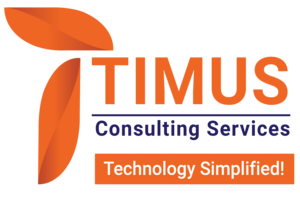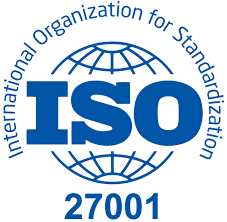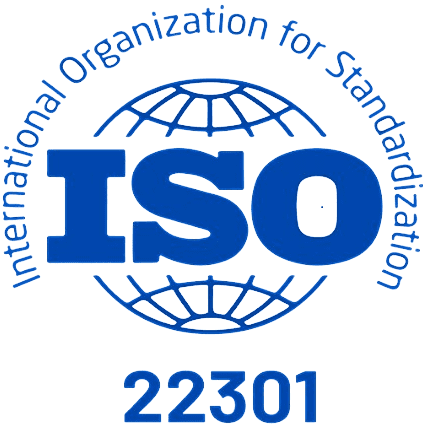Introduction
In today’s fast-paced business landscape, organizations face a multitude of challenges related to governance, risk management, and compliance (GRC). Whether it’s cybersecurity threats, regulatory changes, or operational risks, organizations need a structured approach to manage these complexities effectively. Establishing a strong GRC program can provide the framework needed to navigate these challenges, enhance decision-making, and ensure compliance with laws and regulations. In this blog, we’ll explore the essential steps to set up a robust GRC program within your organization.
Understanding GRC
Before diving into the specifics of setting up a GRC program, let’s clarify what GRC encompasses:
Governance:
Governance refers to the structure and processes in place to ensure that an organization operates effectively, ethically, and in alignment with its goals. It involves defining roles, responsibilities, and decision-making frameworks.
Risk Management:
Risk management involves identifying, assessing, and mitigating risks that could impact an organization’s objectives. This includes financial, operational, strategic, and compliance-related risks.
Compliance:
Compliance entails adhering to laws, regulations, industry standards, and internal policies that are relevant to the organization’s operations. Non-compliance can lead to legal and financial consequences.
Steps to Set Up a Strong GRC Program
Define Your GRC Objectives
The first step in setting up a GRC program is to clearly define your objectives. What do you aim to achieve through your GRC efforts? It could be improving data security, enhancing compliance, or optimizing risk management. Understanding your goals is critical as they will guide your program’s development.
Establish a Governance Structure
Effective GRC starts with a strong governance structure. This involves appointing individuals or teams responsible for overseeing and managing the GRC program. Key roles often include a Chief Risk Officer (CRO), Chief Compliance Officer (CCO), and Chief Information Security Officer (CISO). Define their responsibilities and reporting lines to ensure accountability.
Identify and Prioritize Risks
Conduct thorough risk assessments to identify potential threats to your organization. These risks can span various areas, from financial and operational to strategic and compliance-related. Prioritize risks based on their potential impact and likelihood, allowing you to allocate resources effectively.
Develop Policies and Procedures
Once risks are identified, create comprehensive policies and procedures to address them. These documents should be clear, concise, and aligned with industry best practices and regulatory requirements. Consider involving relevant stakeholders in the policy development process to ensure buy-in.
Implement Technology Solutions
Invest in GRC technology solutions that facilitate risk assessment, monitoring, and reporting. These tools can automate processes, centralize data, and provide real-time insights into risk management and compliance efforts. Select a technology stack that aligns with your organization’s needs and objectives.
Educate and Train Employees
Your employees are an integral part of your GRC program. Provide regular training to ensure they understand the organization’s policies and procedures. Training should cover cybersecurity awareness, compliance requirements, and risk mitigation strategies. Encourage a culture of accountability and reporting within the workforce.
Monitor and Report
Continuous monitoring is essential to track the effectiveness of your GRC program. Implement metrics and key performance indicators (KPIs) to measure progress. Regularly review and update risk assessments, policies, and procedures to adapt to evolving threats and regulatory changes. Generate reports to communicate GRC performance to stakeholders, including the board of directors.
Foster a Culture of Compliance
A strong GRC program is not just about policies and procedures; it’s about instilling a culture of compliance and risk awareness throughout the organization. Encourage open communication channels for reporting potential issues or breaches. Reward and recognize individuals and teams that contribute to a compliant and risk-aware culture.
Engage with Regulators and Industry Groups
Stay actively engaged with relevant regulatory bodies and industry groups. This ensures that your organization remains current with the latest regulations and industry best practices. Participation in industry forums can provide valuable insights and networking opportunities.
Continuously Improve
Recognize that GRC is an ongoing process. Regularly assess the effectiveness of your program, seek feedback from stakeholders, and adapt to changing circumstances. Continuous improvement is the key to maintaining a strong GRC program.
Conclusion
A well-established GRC program is a strategic asset that not only safeguards your organization against risks but also fosters trust and confidence among stakeholders. By defining clear objectives, implementing effective governance structures, and continuously improving your program, you can set up a robust GRC framework that adapts to the ever-evolving business environment. Remember, the investment in GRC today is an investment in the future sustainability and success of your organization.
About us:
We are Timus Consulting Services, a fast-growing, premium Governance, Risk, and compliance (GRC) consulting firm, with a specialization in the GRC implementation, customization, and support.
Our team has consolidated experience of more than 15 years working with financial majors across the globe. Our team is comprised of experienced GRC and technology professionals that have an average of 10 years of experience. Our services include:
- GRC implementation, enhancement, customization, Development / Delivery
- GRC Training
- GRC maintenance, and Support
- GRC staff augmentation
Our team:
Our team (consultants in their previous roles) have worked on some of the major OpenPages projects for fortune 500 clients across the globe. Over the past year, we have experienced rapid growth and as of now we have a team of 15+ experienced and fully certified OpenPages consultants, OpenPages QA and OpenPages lead/architects at all experience levels.
Our key strengths:
Our expertise lies in covering the length and breadth of the IBM OpenPages GRC platform. We specialize in:
- Expert business consulting in GRC domain including use cases like Operational Risk Management, Internal Audit Management, Third party risk management, IT Governance amongst others
- OpenPages GRC platform customization and third-party integration
- Building custom business solutions on OpenPages GRC platform
Connect with us:
Feel free to reach out to us for any of your GRC requirements.
Email: Business@timusconsulting.com
Phone: +91 9665833224
WhatsApp: +44 7424222412
Website: www.Timusconsulting.com






